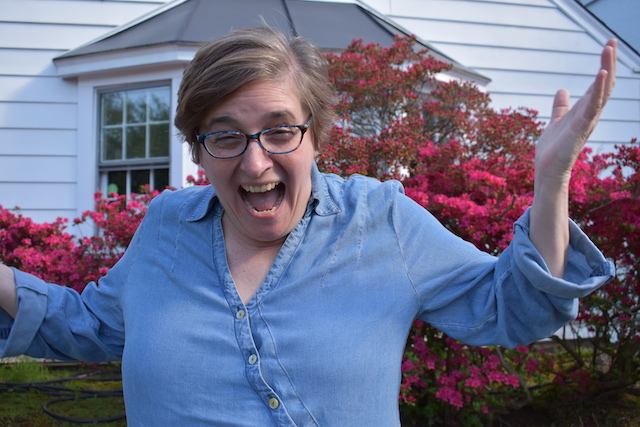Learn to Leyn: Chant for Life

What will you learn?
This course takes you step by step so that
you will know the following:
- the name of each trope mark, its tune(s) and its relationship to other trope marks
- how the trope signs tend to be grouped together
you will be able to do the following:
- apply each trope sign to the Hebrew words of Torah
- make slight adjustments to the tunes for shorter or longer words
- move from the Hebrew with vowels and trope signs to an actual Torah scroll
- begin to be able to anticipate what trope signs tend to appear in what kinds of order
- identify your strengths and use them to your advantage
- develop strategies for working through any potential obstacles
- be able to articulate and reflect on how this ritual activity impacts on your life and those around you.
So what is the method?
In each lesson,
- I introduce a trope clause and you work through as many exercises as you need to be able to identify the symbol and its name;
- I introduce the musical notes for that trope clause and you work through as many exercises as you need to develop an easy association between symbol and tune. (Think: Twinkle Twinkle Little Star – as you just read those words, a tune came into your head!) That’s where we’ll get you with the trope clauses.
- You will begin to connect the symbols and tunes with actual words from Torah, and again, you work through lots of examples until you develop an intuition for it.
- In each subsequent lesson, I introduce a new clause and repeat all the steps. Slowly the exercises have you integrating different trope clauses until you find yourself chanting an entire verse.
- After absorbing the main clauses, you will find that shifting from the text with vowels to the text as it appears in the Torah scroll is the easiest step!

Why Learn with Tamar?
When I became a Bat Mitzvah, girls in my synagogue were not allowed to chant Torah, so I had to wait another six years until the policy changed and my youngest brother became a Bar Mitzvah. I was given an aliyah to chant at my brother’s Bar Mitzvah service. The experience was one of the most profound spiritual moments of my life!
I love studying Torah and I love going to services (especially when there is a lot of singing), but I feel something unique flowing through my body when I chant – even now, 38 years later!
In my twenties I trained B’nai Mitzvah students for almost ten years at a large Conservative synagogue in Boston. I saw about twelve students a week. Most of them didn’t want to be there at first – some struggled with Hebrew pronunciation, some were terrified of exposing themselves publicly, some had never worked with music before, and they were all struggling with the things that young teenagers go through. But every one of those young adults learned to chant without just memorizing from a recording on a cassette tape (yes, we were pre-digital then).
It was a natural move to begin working with adults who had never experienced a B’nai Mitzvah ceremony, or who had just memorized what they needed to know but never really learned the trope. I’ve worked with all sorts of learners with different motivations for learning.
So, after almost 40 years, I’ve learned a thing or two about chanting and helping others to learn. I want to share what I’ve learned.